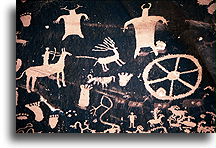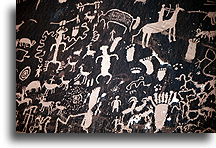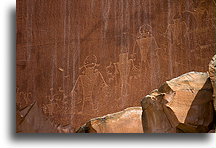The deep canyons, rock palisades, high mesas, and open desert of the corner region of Utah, Colorado, New Mexico and Arizona, were home to a remarkable group of agricultural people that we call the Anasazi. They lived here from approximately 500 C. In AD 1300 Anasazi Indians abandoned their cliff dwellings, villages or other settlements and moved south joining with other tribes. What was the reason for this departure? Some theories say that hostile neighbors forced them out. Other says that overpopulation and a long lasting drought made the area uninhabitable. Probably a combination of many factors caused Anasazi people to leave their homes for ever.
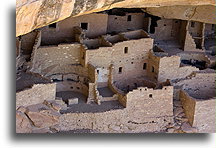
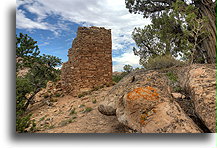
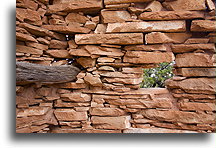
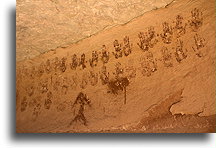
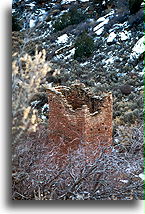
Hovenweep's unique towers resemble European medieval castles. These Anasazi Indian buildings located along Utah and Colorado border in the United States were built hundreds years ago. The structures here are numerous and varied. Some are square, some round, some D-shaped and some measuring nearly four stories. There are towers, kivas (underground chambers), rooms, granaries, check dams, and farming terraces. There are many theories about the use of the buildings at Hovenweep. The famous towers could have been used as defensive structures, storage facilities, celestial observatories, civil buildings, or any combination of these.
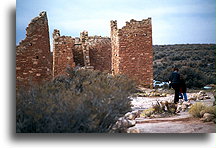
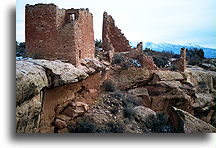
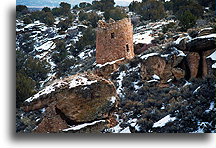
Newspaper Rock is sandstone covered by a thin black patina, known as desert varnish. This rock has extremely dense Native American petroglyphs representing several ancient cultures like Anasazi, Navajo and others. It probably records 2,000 years of human activity in the area. The drawings show human figures, hunting scenes, animals and many other symbols. A cartwheel (shown on the picture) probably represents the sun; a wavy line is a river. But there are still many more inexplicable.
